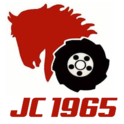Sign in to follow this
Followers
0

Need Help 5073 transmission
By
JC 1965, in Transmissions and transaxles

By
JC 1965, in Transmissions and transaxles